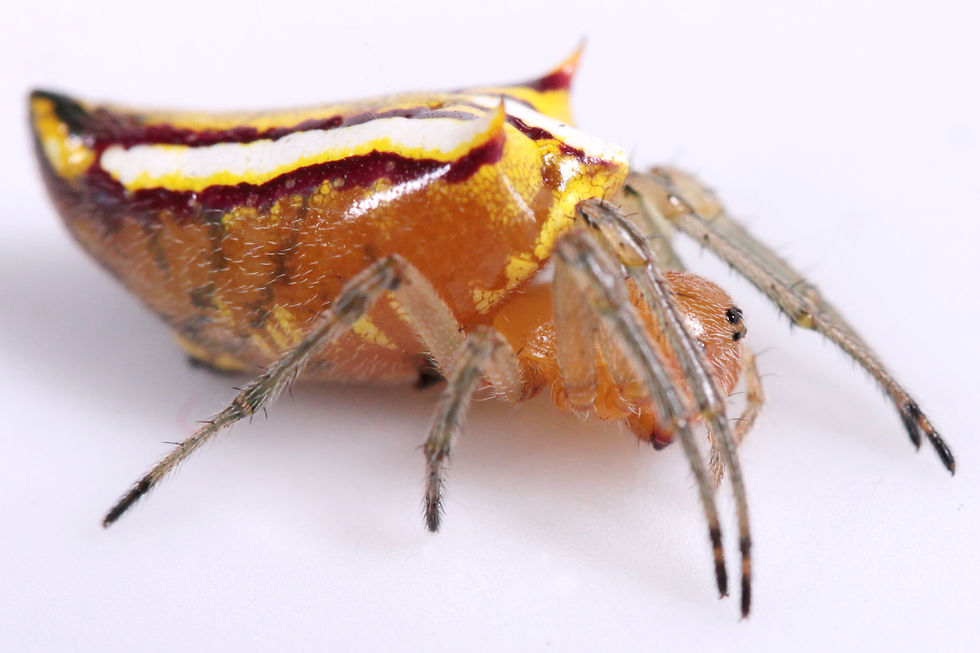Dr. Ivan L. F. Magalhaes

Fieldwork

An essential part of a biodiversity scientist's work is done in the field. In order to find new species and map the distribution area of organisms, we must visit their natural habitats and take samples. Such samples are eventually sorted and deposited in natural history collections in museums or universities, where they are safely stored for decades and can be studied by scientists. This work is now more important and urgent than ever, as pristine environments are being rapidly degraded by human activities, such as deforestation; thus, we must document our biodiversity before it vanishes.
I have participated in field expeditions to sample arachnids in habitats including tropical rainforests, dry forests, deserts and temperate rainforests. Samples from these campaigns have been deposited in major South American collections such as those in Universidade Federal de Minas Gerais (BR), Instituto Butantan (BR) and Museo Argentino de Ciencias Naturales (AR).
Mendoza–Neuquén 2023
After ten years, I was back in the field to look for sand spiders (Sicarius). In this expedition, together with researchers from the IADIZA in Mendoza, we visited dry habitats such as the Monte and Patagonian Steppe.
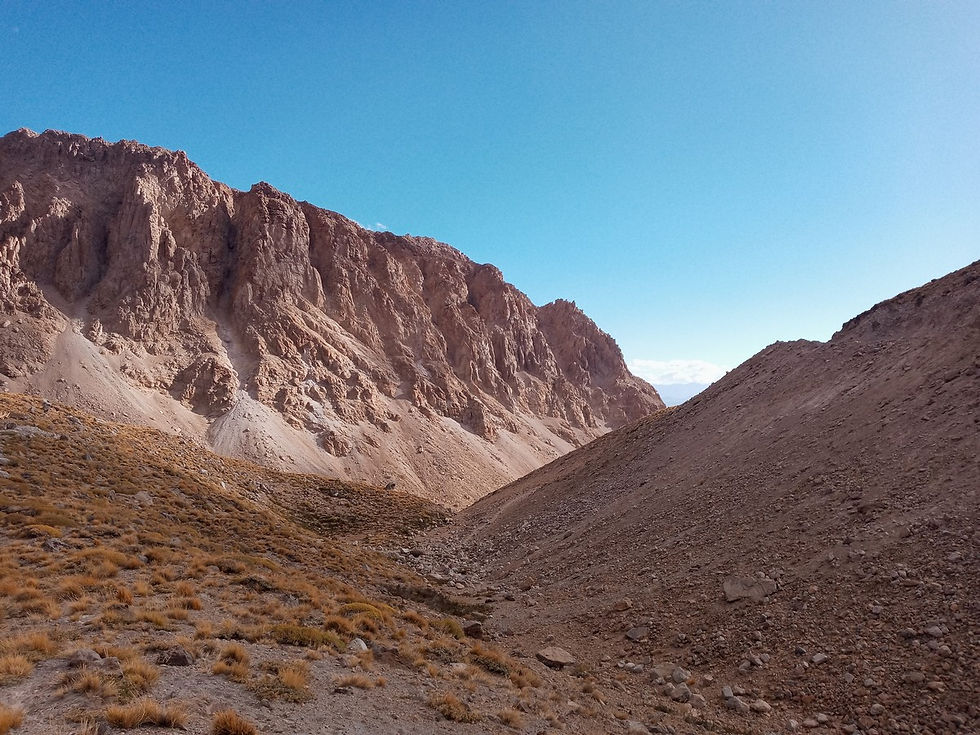

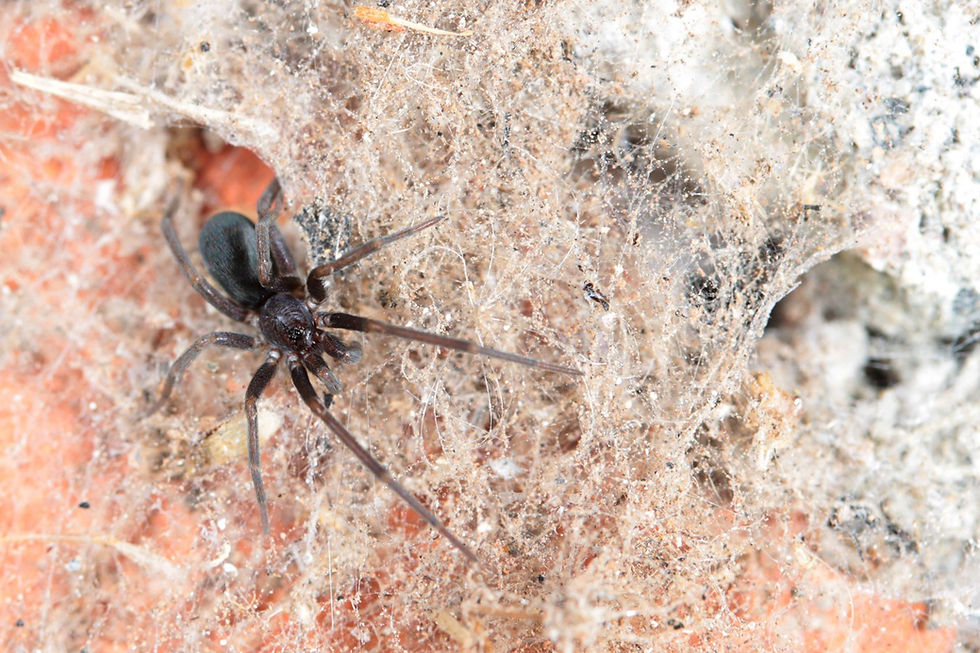

Sierra de la Ventana 2022
Before the III Jornadas Argentinas de Aracnología, we spent a couple of days collecting at this small mountain range in the south of Buenos Aires province. Some of the spiders here are found nowhere else in the country.


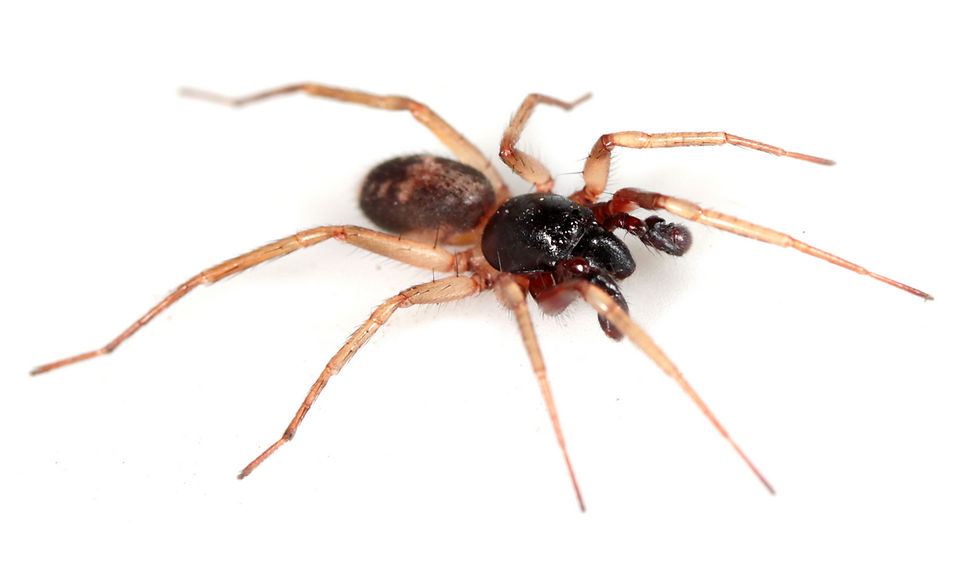

NW Argentina 2022
Northwestern Argentina is one of the most arid regions in the country, and also one of the most unknown with respect to its fauna. On this expedition we went in search of several groups of arachnids adapted to life in deserts.




Calilegua 2021
Calilegua National Park in a relatively dry region, but the encounter of the air masses with the mountains transforms the vegetation into a luxuriant tropical forest. Returning to fieldwork after two years of the pandemic was wonderful - especially in a place with so many spiders!


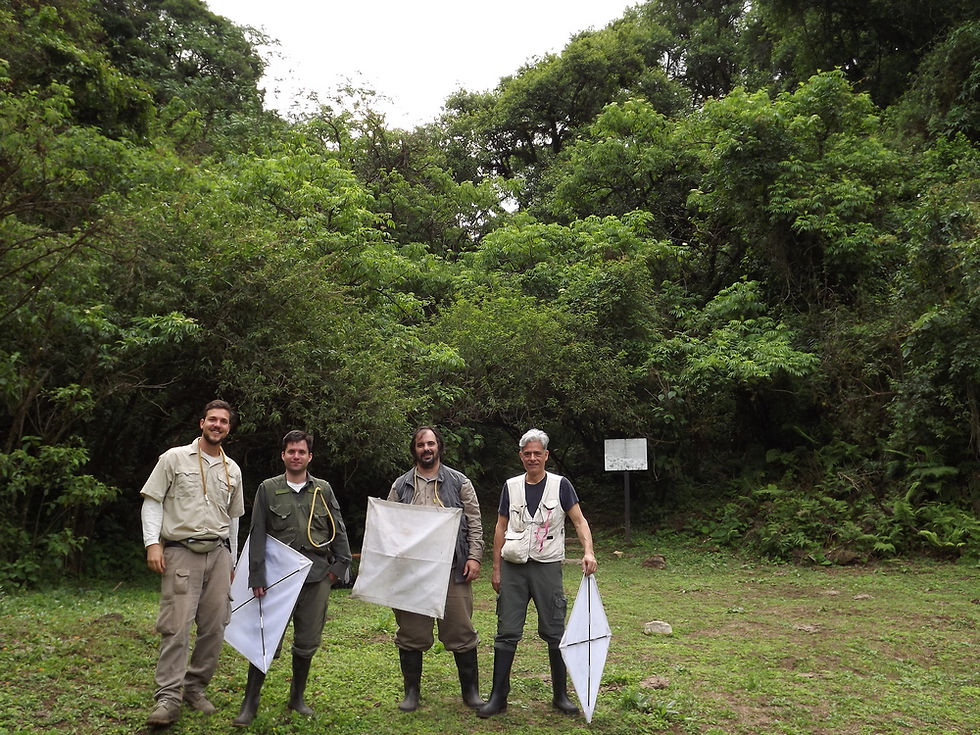

Israel 2020
Despite its relatively small size, Israel is a biogeographic crossroad and its fauna contains elements of African, Central Asian and Mediterranean affinities. In particular, four different genera of crevice weavers occur in the country. In addition, most of the country is covered by my favorite habitat: deserts! Many thanks to Dr. Efrat Gavish-Regev and her students for hosting me during this trip.




New Zealand 2019
New Zealand is an island with a dramatic geological history, including a near-complete drowning several million years ago. Its fauna is quite unique and we were bound to explore it after the 21st International Congress of Arachnology in Christchurch. We explored mainly the temperate forests in the South Island, which bear some biogeographic affinities with the Nothofagus forests in Chile and Argentina.




Isla de los Estados 2014
This island is the final portion of the Andes, in the extreme southern end of Argentina. The vegetation is dominated by Nothofagus trees, many of which are strongly bent by the constantly raging winds. We have visited the island to document the fauna of these isolated temperate forests. The spider fauna is dominated by ghost spiders (Anyphaenidae) and sheet -web weavers (Linyphiidae), but also contains elements such as Mecysmaucheniidae and Macrobuninae.




Patagonia 2014
The northern portion of Patagonia in Argentina includes areas with Monte xeric scrubland and transition zones with grasslands. We visited this area to collect material for taxonomic revisions of sand spiders and crevice weavers.




Chile 2013
The first sand spiders ever described come from Chile. Thus, we had to visit this country to prepare a taxonomic revision of the genus Sicarius. Unfortunately, some of the localities listed in the original descriptions, published in 1849, proved to be wrong. We had to do detective work and visit several localities throughout the country to map the true distribution of sand spiders.
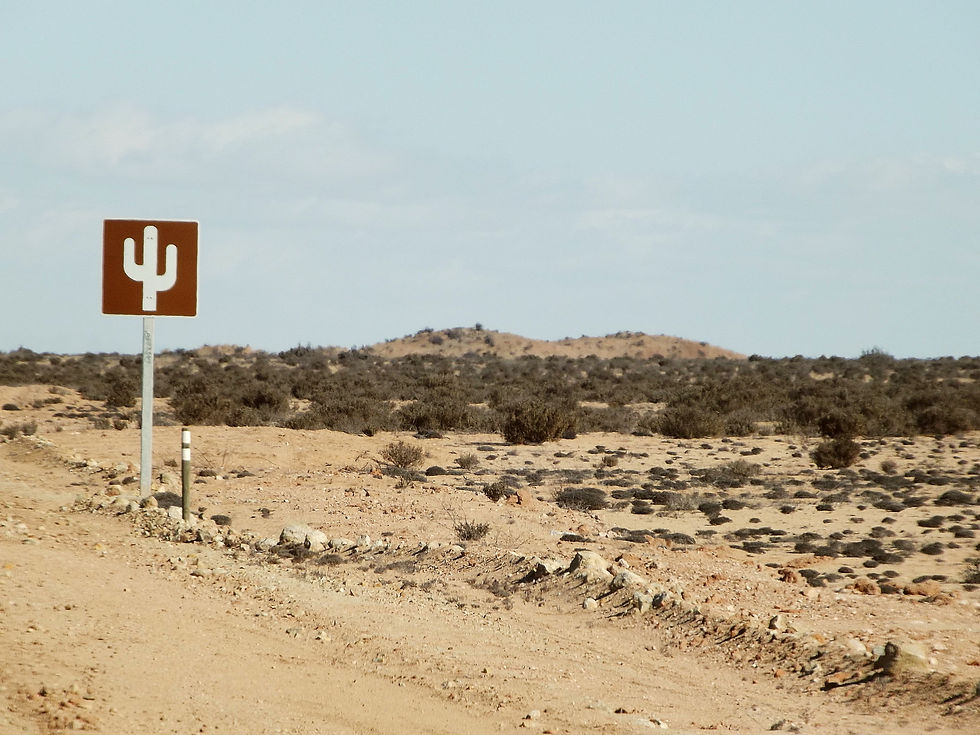



Caatinga 2012
The Caatinga in northeastern Brazil is the largest tropical dry forest in the world, and one of the most diverse. Still, it is severely understudied when compared with other Brazilian biomes, such as the Amazon and Atlantic rainforests. We carried out a series of expeditions to this region to sample arachnids, especially focusing in Sicarius spiders for taxonomic and phylogeographic studies.

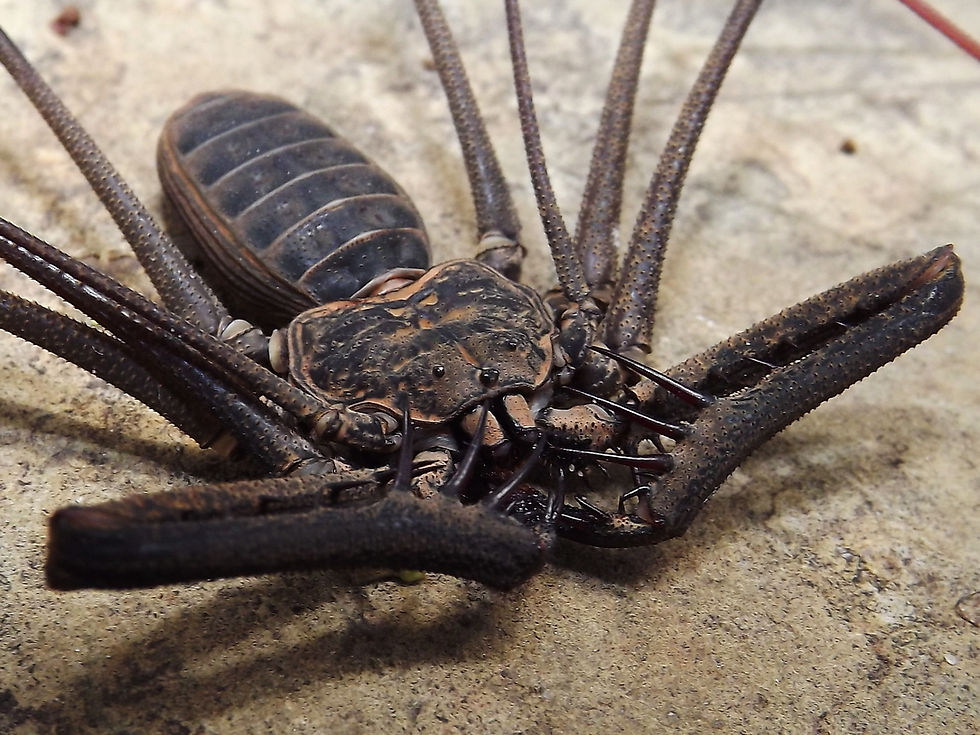


Atlantic Forest 2011-2016
The Atlantic Forest is a biodiversity hotspot: numerous species live here and nowhere else, but the region is also highly threatened by human activities. I participated in several expeditions to different portions of the Atlantic Forest to document its biodiversity and bring the samples to natural history collections for other scientists to study them.


